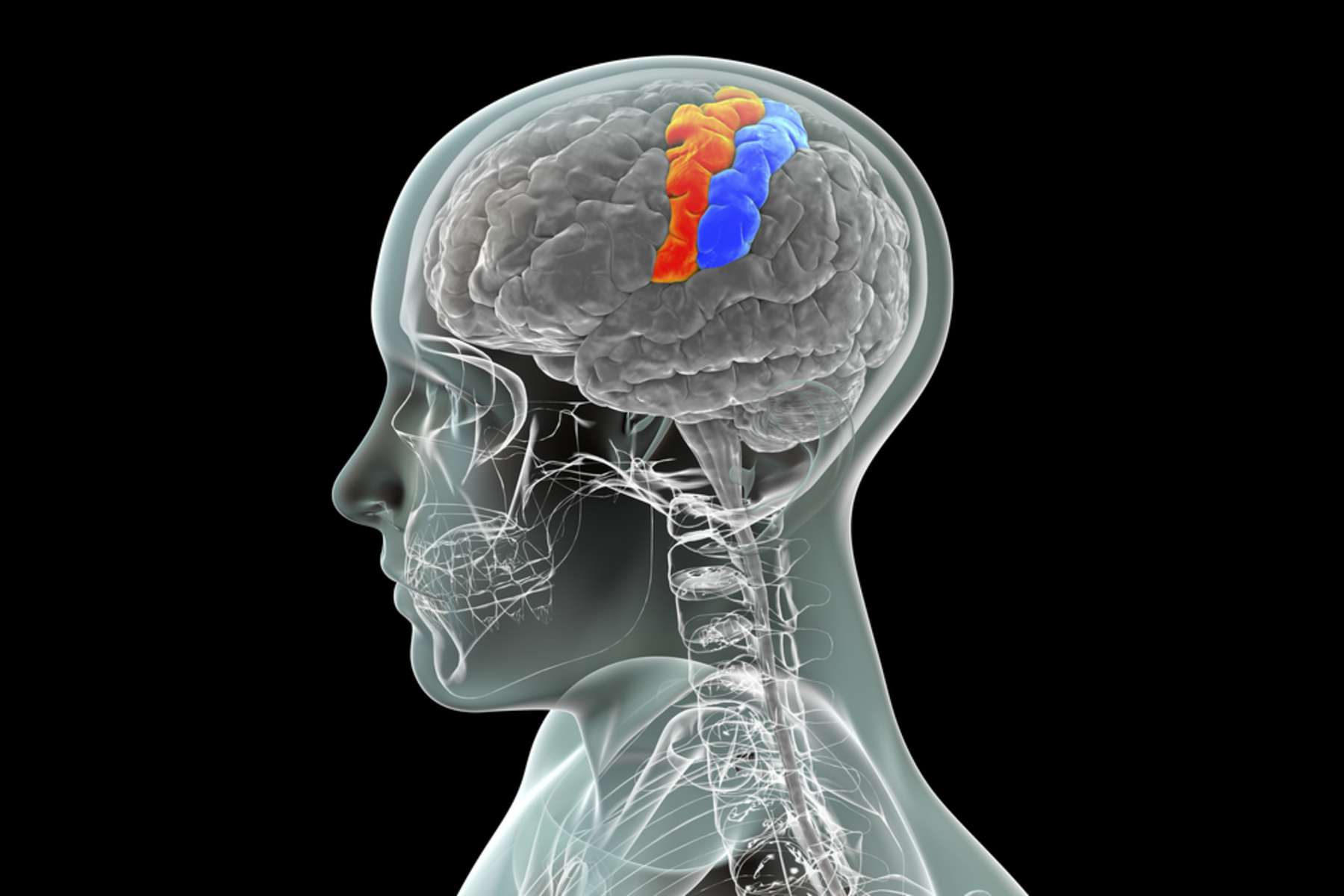
The somatosensory system is one of the most fascinating and intricate systems in the human body. It is responsible for our ability to perceive touch, temperature, pain, and proprioception – the awareness of our own body position. From the moment we are born, this incredible system is hard at work, enabling us to navigate and interact with the world around us.
In this article, we will dive into the wonders of the somatosensory system and explore 20 unbelievable facts that will not only amaze you but also deepen your understanding of this vital sensory system. From the incredible density of touch receptors in our skin to the phenomenon of referred pain, each fact highlights the complexity and ingenuity of the somatosensory system.
Key Takeaways:
- The somatosensory system is crucial for feeling touch, pain, and temperature, helping us navigate the world and protect ourselves from harm. It also contributes to our sense of balance and emotional well-being.
- Our skin is amazing! It can detect different sensations like light touch, pressure, and even tickling. The somatosensory system is always evolving, shaping our experiences and perceptions throughout our lives.
20 Unbelievable Facts About the Somatosensory System
The somatosensory system is a remarkable sensory system responsible for processing and interpreting various sensations in our body. From feeling a gentle breeze on our skin to experiencing the pain of a stubbed toe, this complex system plays a crucial role in our daily lives. Here are 20 unbelievable facts about the somatosensory system that will leave you in awe.
The Somatosensory System Is Vital For Surviving in the World.
Without the somatosensory system, we would not be able to perceive touch, pressure, temperature, or pain, which would significantly impair our ability to navigate our surroundings and protect ourselves from potential harm.
It Consists of Multiple Sensory Receptors.
The somatosensory system is comprised of various sensory receptors, including mechanoreceptors (sensitive to touch and pressure), thermoreceptors (sensitive to temperature), and nociceptors (sensitive to pain).
The Skin Confers Different Types of Sensations.
Did you know that our skin can detect different types of sensations, such as light touch, pressure, vibration, and even tickling? This incredible organ is truly extraordinary!
There Are More Nerve Endings in Our Hands Than Any Other Body Part.
Our hands are full of sensory nerves, with a concentration of nerve endings that surpasses any other part of our body. This is why our fingertips are incredibly sensitive to touch.
The Brain Processes Sensory Information from the Somatosensory System.
When sensory information is received by the somatosensory system, it is then transmitted to the brain for processing and interpretation. This allows us to make sense of the sensations we experience.
It Also Plays a Role in Motor Control.
The somatosensory system not only receives sensory information but also contributes to motor control. It provides important feedback to the brain, allowing for precise movements and coordination.
It Helps Us Determine the Shape and Texture of Objects.
By using receptors in our fingertips and palms, the somatosensory system enables us to gather information about the shape, texture, and size of objects we touch, enhancing our perception of the physical world.
There Are Specialized Receptors for Detecting Pain.
Nociceptors, specialized receptors for pain, are scattered throughout our body. When activated, they transmit signals to the brain, alerting us to potential tissue damage or injury.
There Is More Than One Type of Pain.
Not all pain is the same. The somatosensory system distinguishes between different types of pain, such as sharp, dull, burning, or throbbing, each carrying its own sensory information.
It Can Experience Phantom Pain.
In some cases, individuals who have lost a limb may continue to experience sensations, including pain, in the missing limb. This phenomenon, known as phantom pain, is a result of the somatosensory system still sending signals to the brain.
The Sensitivity of the Somatosensory System Can Be Altered.
Factors like temperature, hormone levels, and certain medical conditions can affect the sensitivity of the somatosensory system. For example, colder temperatures can heighten our tactile perception, making us more sensitive to touch.
The Somatosensory System Helps Maintain Balance.
Alongside the vestibular system, the somatosensory system contributes to our sense of balance and spatial awareness. It provides feedback about our body’s position and movement in space.
It Is Involved in Proprioception.
Proprioception is our ability to perceive the position and movement of our body parts without relying on visual feedback. The somatosensory system plays a crucial role in proprioception, allowing us to navigate our environment with precision.
It Allows for Sensory Adaptation.
Have you ever noticed that you stop feeling the weight of your watch or the tightness of your clothing after a while? This is due to sensory adaptation, a process where the somatosensory system habituates to continuous stimuli.
The Somatosensory Cortex Is Responsible for Sensory Processing.
The somatosensory cortex, located in the parietal lobe of the brain, is responsible for processing and interpreting the sensory information received from the somatosensory system. It plays a key role in our perception of touch and proprioception.
The Somatosensory System Is Present in Other Animals Too.
The somatosensory system is not unique to humans. Many other animals, from primates to cats and dogs, possess a somatosensory system that enables them to perceive touch, pain, and other sensations.
It Can Impact Emotional Well-being.
The somatosensory system has close connections with the limbic system, which regulates emotions. This link between sensory processing and emotions explains why touch and physical sensations can elicit powerful emotional responses.
The Development of the Somatosensory System Begins in the Womb.
The development of the somatosensory system starts early, even before birth. As the nervous system forms, specialized neurons and receptors for touch, pain, and temperature gradually develop.
It Continues to Evolve Throughout Our Lives.
The somatosensory system is not static but rather continues to change and adapt throughout our lives. It can be shaped by experiences, training, and even injuries, showing the remarkable plasticity of the human brain.
These 20 unbelievable facts about the somatosensory system highlight the complexity and importance of this sensory system. From enabling us to perceive the world around us to guiding our movements and providing vital feedback, the somatosensory system is truly a marvel of our biology.
Conclusion
In conclusion, the somatosensory system is truly incredible. It is responsible for our ability to perceive and interpret touch, pressure, temperature, pain, and proprioception. Through a complex network of receptors, nerves, and the brain, this system allows us to interact with the world around us and understand our body’s position and movements.By learning more about the somatosensory system, we can appreciate the extraordinary capabilities of our body and the intricate mechanisms that enable us to experience the physical world. From the vast array of receptors in our skin to the specialized processing areas in our brain, every aspect of this system works together seamlessly to provide us with a unique sensory experience.Understanding the somatosensory system also has practical applications in various fields such as medicine, neuroscience, and technology. Researchers continue to explore new ways to enhance our understanding of this system and develop innovative treatments for sensory disorders and injuries.Overall, the somatosensory system is a fundamental aspect of human physiology that constantly astonishes us with its complexity and versatility. It is a testament to the wonders of biology and the remarkable intricacies of our own bodies.FAQs
1. What is the role of the somatosensory system?
The somatosensory system is responsible for perceiving and interpreting touch, pressure, temperature, pain, and proprioception.
2. How does the somatosensory system work?
The system consists of specialized receptors in the skin, nerves that transmit sensory information, and processing centers in the brain that interpret and integrate the signals.
3. What is proprioception?
Proprioception refers to the ability to sense the position and movements of our body parts without relying on visual or auditory cues.
4. How is the somatosensory system studied?
Scientists use a variety of techniques, including neuroimaging, electrophysiology, and behavioral experiments, to understand the functioning of the somatosensory system.
5. Can the somatosensory system be affected by injury or disease?
Yes, injuries or diseases can disrupt the somatosensory system, leading to sensory deficits or disorders such as neuropathy, phantom limb pain, or sensory processing disorders.
The somatosensory system's incredible complexity never ceases to amaze. Unraveling its secrets requires dedication from brilliant minds like Dr. May-Britt Moser, a trailblazing neuroscientist whose groundbreaking research has shed light on this fascinating field. Neural pathways form intricate networks that allow our bodies to process and respond to various stimuli, making the 11 senses, including proprioception, essential for navigating our environment. Exploring the depths of the somatosensory system opens doors to a greater understanding of how we perceive and interact with the world around us.
Was this page helpful?
Our commitment to delivering trustworthy and engaging content is at the heart of what we do. Each fact on our site is contributed by real users like you, bringing a wealth of diverse insights and information. To ensure the highest standards of accuracy and reliability, our dedicated editors meticulously review each submission. This process guarantees that the facts we share are not only fascinating but also credible. Trust in our commitment to quality and authenticity as you explore and learn with us.


